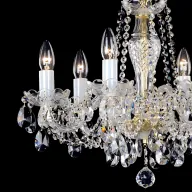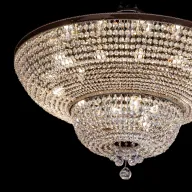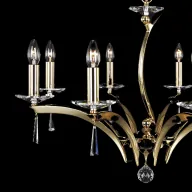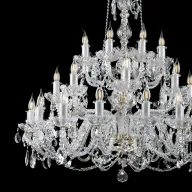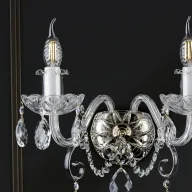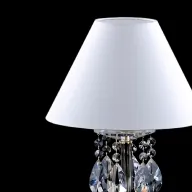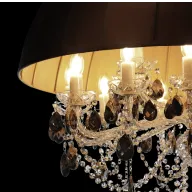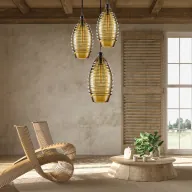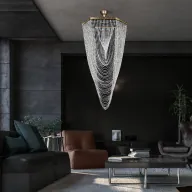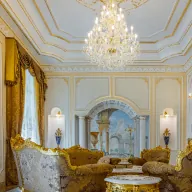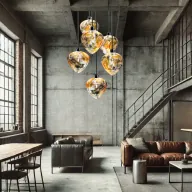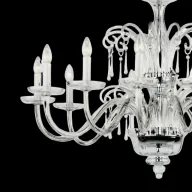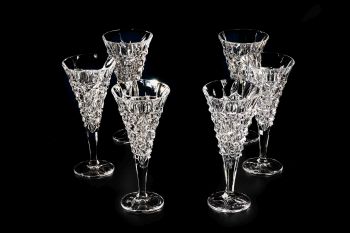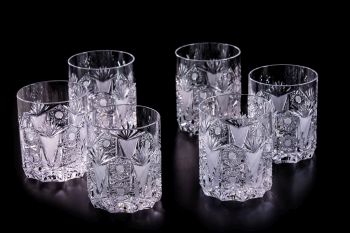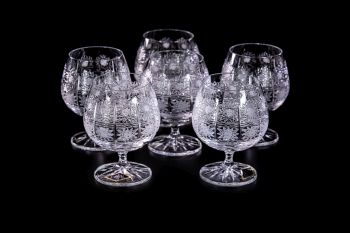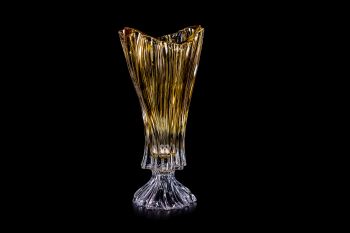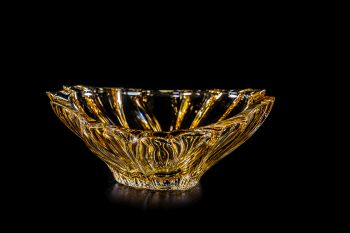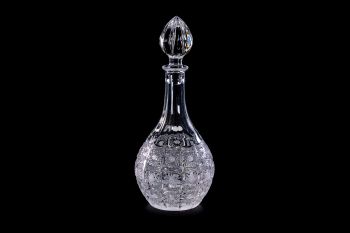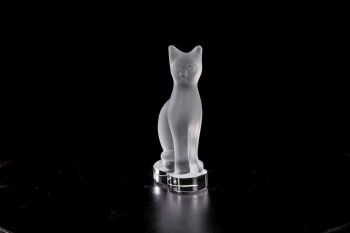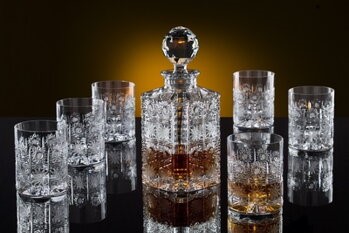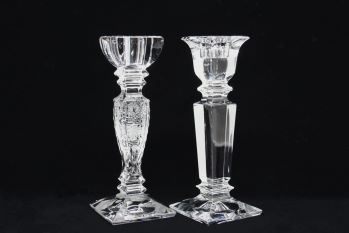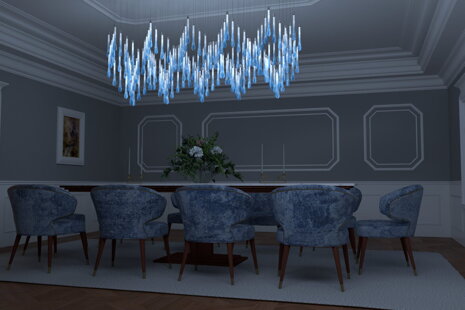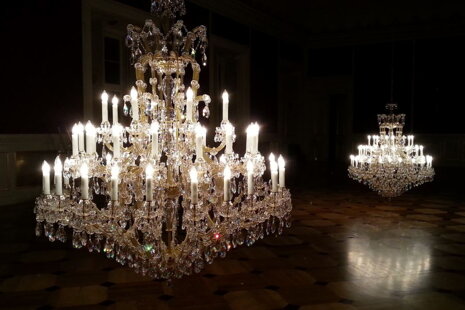The history of Czech crystal glass: Discover the crystal glass that conquered the world
Added 19.10.2020 13:59.25
Glassware manufacture is a traditional Czech industry. If there is one type of glass that has made a small Central European country well known around the world, it is without a doubt Czech crystal.
In all likelihood, it is the Celts that introduced glass to the Czech lands
The first attempts to make glass date back to 3500 BC. However, archaeologists continue to argue about where glass originates from. Current thinking suggests this is Mesopotamia, which today forms part of Syria, and some time later in ancient Egypt. Nevertheless, some sources also point to China, while others consider the Phoenicians the inventors of glass.
According to archaeological findings, glass first appeared in the Czech lands around the 3rd century BC. It is believed to have been bartered and brought by the Celts from the Middle East. The first written records of glass processing in the Czech lands dates back to the 12th century, with rapid development thereof from the second half of the 13th century.
Mountain areas were the cradle of the Czech glass industry
In the Czech lands, glassware manufacture mainly developed in mountain areas – in the Ore Mountains, Šumava, Krkonoše, Jizera Mountains and in the region of Vysočina. These regions were rich in the basic materials needed for glass manufacturing. Beech, quartz, limestone and water.
The first glassware made in the Czech lands was strongly influenced by Italian Renaissance art. Back then, Venetian glass was one of the most famous. Until the 17th century, Czech glass was considered average in terms of quality and methods of manufacture. It wasn´t until the reign of Emperor Rudolf II that this changed and the glass industry and glass-making experienced a boom. At the turn of the 16th and 17th century, Rudolf II invited many prominent artists and scholars to Prague. In those times, attempts were made to engrave glass, which had a substantial influence on later Czech Baroque production.

Czech crystal dazzled the whole world
In the 1670s, a major breakthrough occurred. A type of glass, later named Czech crystal, was invented in Müller's Glassworks in the Šumava. It was a perfectly clear potash-lime crystal glass, ideal for engraving and grinding. In addition to ornamental or figural engravings, the crystal glass was often decorated with paintings. Back then, this type of glass knew no equal. Its fame therefore quickly spread beyond the Czech borders, in part due to active traders.
At the beginning of the 18th century, Czech crystal glass was so popular that it started to put pressure on the, up to that point, seemingly untouchable Venetian producers. In response, the Venetians started to come up with products that tried to imitate Czech crystal glass. Czech crystal glass achieved peak popularity between the 1720s and 1740s. During that period, Czech products were unrivalled in the luxury drinking glassware market. In addition to glasses, chandeliers and mirrors were particularly popular.
Czech crystal glass has stood the test of time
From the second half of the 18th century, the importance of Czech crystal glass began to wane. This was partially caused by numerous wars, military blockades and the increasing costs of materials, but also by a change in taste among the industry´s main customers. Neither the Rococo nor Empire styles were favourable times for Czech crystal glass. As a result, many glassworks started to imitate current trends or ceased production completely. Alternatively, they started to focus on more luxury and expensive products, especially chandeliers.
The fame Czech glassworks enjoyed in the past, partially returned with Biedermeier and Art Nouveau. After that period of recovery, the industry was hit by the First and, especially, the Second World War. After World War II, the glassworks were expropriated by the communist regime and merged into large units. Following an initial drop in reputation, Czech crystal glass regained worldwide recognition. This was mainly due to the exceptional success it enjoyed at the EXPO 58 World Fair in Brussels. As a result, the export of crystal glass became an important source of income for the state. After the Velvet Revolution in 1989, and under the restitution process that followed, glassworks were either privatized or ownership restored to their original owners and the structure of the glass industry reformed.
Despite all these historical events and the turbulent changes these instigated, the glass industry has managed to survive in the Czech Republic, with many producers gaining recognition in Europe and worldwide.

What was behind Czech crystal's success?
Czech crystal shaped the development of the whole glassmaking industry for a long time. What was so unique about it and what was behind its success? Firstly, it perfectly matched the taste of Baroque society. Secondly, the processing and materials were of the highest quality. The decorative grinding and engraving appealed to the nobility of that time, as well as to the wealthier bourgeoisie.
In addition to its unquestionable technological properties, Czech crystal glass is perfect for decorative purposes as well. Its long-lasting artistic value is underlined by the way light plays off it. Czech crystal's characteristic properties are ensured mainly by the presence of lead, which adds weight to the glass. Lead crystal glass contains more than 24% of lead oxides. The lead softens the material, making it easier to grind and engrave, and gives Czech crystal glass its characteristic light refraction and high gloss.
It is these very characteristics that make Czech crystal valued today. Nowadays, enchanting crystal chandeliers decorate both homes and important interiors all over the world. Crystal chandeliers are a good investment in terms of both time and aesthetic artistic value. Those that were created tens or even hundreds of years ago continue to amaze all that look at them because of the way in which light creates rainbow effects in any space.







